 W
WThe Occitans are a Romance-speaking ethnic group originating in the historical region of Occitania.
 W
WNuma Ayrinhac was a French-Argentine artist. He was born in Espalion (France) in 1881 of Joseph Sixte Ayrinhac and Marie Eulalie Durand, and moved with his parents aged five to the new settlement of Pigüé, Saavedra, Argentina. He is famous for painting portraits of Eva and Juan Domingo Perón.
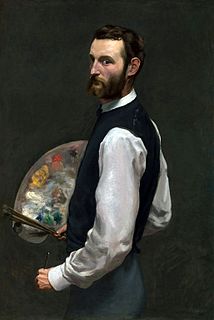 W
WJean Frédéric Bazille was a French Impressionist painter. Many of Bazille's major works are examples of figure painting in which he placed the subject figure within a landscape painted en plein air.
 W
WSébastien Bourdon was a French painter and engraver. His chef d'œuvre is The Crucifixion of St. Peter made for the cathedral of Notre Dame.
 W
WPierre de Bourdeille, seigneur de Brantôme, also known as the abbé de Brantôme, was a French historian, soldier, and biographer.
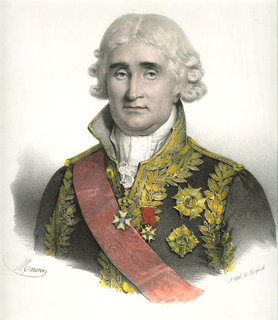 W
WJean-Jacques-Régis de Cambacérès, duc de Parme, was a French nobleman, lawyer and statesman during the French Revolution and the First Empire. He is best remembered as one of the authors of the Napoleonic Code, which still forms the basis of French civil law and French-inspired civil law in many countries.
 W
WPierre-Joseph Cambon was a French statesman. He is perhaps best known for speaking up against Maximilien Robespierre at the National Convention, sparking the end of Robespierre's reign.
 W
WJean Galbert de Campistron was a French dramatist.
 W
WMarie-Joseph Canteloube de Malaret was a French composer, musicologist, and author best known for his collections of orchestrated folksongs from the Auvergne region, Chants d'Auvergne.
 W
WCharles XIV John was King of Sweden and Norway from 1818 until his death. In modern Norwegian lists of kings he is called Charles III John. He was the first monarch of the Bernadotte dynasty.
 W
WAntoine Crozat, Marquis du Châtel, French founder of an immense fortune, was the first proprietary owner of French Louisiana, from 1712 to 1717.
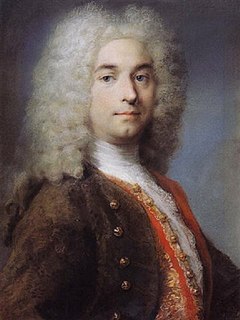 W
WPierre Crozat (1665–1740) was a French financier, art patron and collector at the center of a broad circle of cognoscenti; he was the brother of Antoine Crozat.
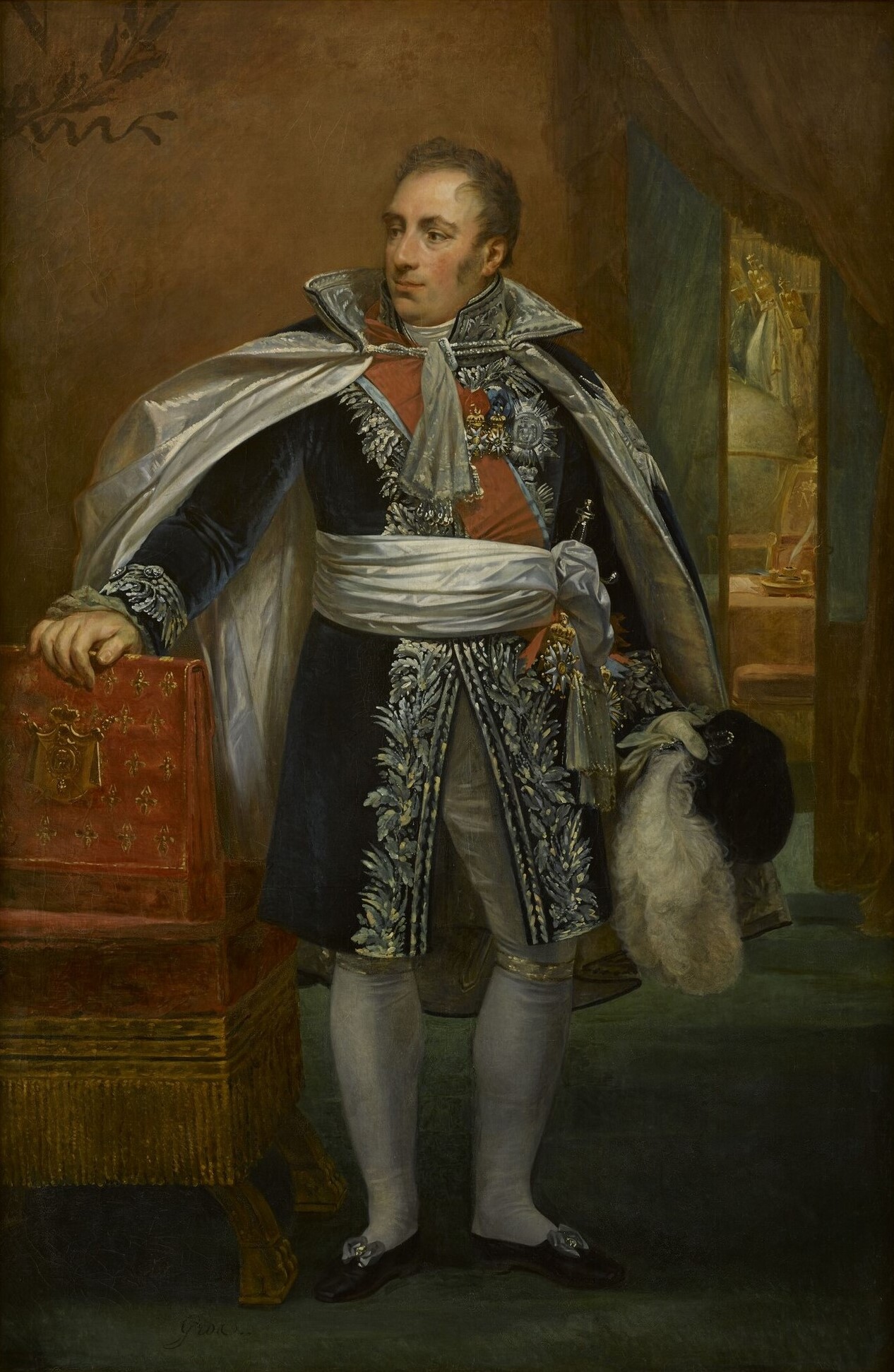 W
WPierre Antoine Noël Bruno, comte Daru was a French soldier, statesman, historian, and poet.
 W
WRaymond Romain, Comte de Sèze or Desèze was a French advocate. Together with François Tronchet and Malesherbes, he defended Louis XVI, when the king was brought before the Convention for trial.
 W
WPierre de Fermat was a French lawyer at the Parlement of Toulouse, France, and a mathematician who is given credit for early developments that led to infinitesimal calculus, including his technique of adequality. In particular, he is recognized for his discovery of an original method of finding the greatest and the smallest ordinates of curved lines, which is analogous to that of differential calculus, then unknown, and his research into number theory. He made notable contributions to analytic geometry, probability, and optics. He is best known for his Fermat's principle for light propagation and his Fermat's Last Theorem in number theory, which he described in a note at the margin of a copy of Diophantus' Arithmetica.
 W
WPierre Jules Théophile Gautier was a French poet, dramatist, novelist, journalist, and art and literary critic.
 W
WGeoffrey I or Josfred was the joint Count of Provence with his elder brothers William IV and Fulk from 1018 to his death. He was the third son of William II of Provence and Gerberga of Mâcon and a scion of the younger line of the family. It is possible that he did not carry the title "count" until after the death of his eldest brother William around 1032.
 W
WHenry IV, also known by the epithet Good King Henry or Henry the Great, was King of Navarre from 1572 and King of France from 1589 to 1610. He was the first monarch of France from the House of Bourbon, a cadet branch of the Capetian dynasty. He was assassinated in 1610 by François Ravaillac, a fanatical Catholic, and was succeeded by his son Louis XIII.
 W
WFrançois de la Chaise was a French Jesuit priest, the father confessor of King Louis XIV of France.
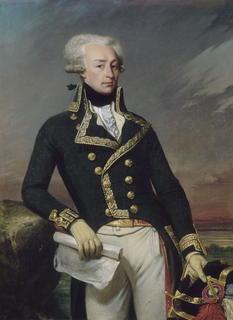 W
WMarie-Joseph Paul Yves Roch Gilbert du Motier, Marquis de La Fayette, known in the United States as Lafayette, was a French aristocrat and military officer who fought in the American Revolutionary War, commanding American troops in several battles, including the Siege of Yorktown. After returning to France, he was a key figure in the French Revolution of 1789 and the July Revolution of 1830. He has been considered a national hero in both countries.
 W
WJean Maximilien Lamarque was a French commander during the Napoleonic Wars who later became a member of the French Parliament. Lamarque served with distinction in many of Napoleon's campaigns. He was particularly noted for his capture of Capri from the British, and for his defeat of Royalist forces in the Vendée in 1815. The latter campaign received great praise from Napoleon, who said Lamarque had "performed wonders, and even surpassed my hopes".
 W
WRené Nicolas Charles Augustin de Maupeou was a French lawyer, politician, and chancellor of France, whose attempts at reform signalled the failure of enlightened despotism in France. He is best known for his effort to destroy the system of parlements, which were powerful regional courts, in 1770–74. When King Louis XV died in 1774, the parlements were restored and Maupeou lost power.
 W
WJoachim-Napoléon Murat was a Marshal of the Empire and Admiral during the reign of Napoleon. He was also the 1st Prince Murat, Grand Duke of Berg from 1806 to 1808, and King of Naples from 1808 to 1815. Murat received his titles in part by being Napoleon's brother-in-law through marriage to his younger sister, Caroline Bonaparte, as well as personal merit. He was noted as a daring, brave, and charismatic cavalry officer as well as a flamboyant dresser, for which he was known as "the Dandy King".
 W
WMichel de Nostredame, usually Latinised as Nostradamus, was a French astrologer, physician and reputed seer, who is best known for his book Les Prophéties, a collection of 942 poetic quatrains allegedly predicting future events. The book was first published in 1555.
 W
WAdolphe Nourrit was a French operatic tenor, librettist, and composer. One of the most esteemed opera singers of the 1820s and 1830s, he was particularly associated with the works of Gioachino Rossini and Giacomo Meyerbeer.
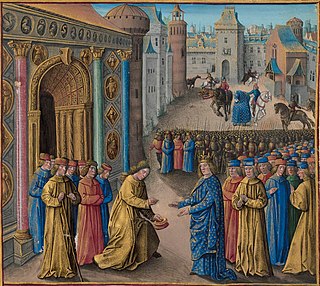 W
WRaymond of Poitiers was Prince of Antioch from 1136 to 1149. He was the younger son of William IX, Duke of Aquitaine and his wife Philippa, Countess of Toulouse, born in the very year that his father the Duke began his infamous liaison with Dangereuse de Chatelherault.
 W
WCharles-Gilbert Romme was a French politician and mathematician who developed the French Republican Calendar.
 W
WBernard Saisset was an Occitan bishop of Pamiers, in the County of Foix in the south of France, whose outspoken disrespect for Philip IV of France incurred charges of high treason in the overheated atmosphere of tension between the King and his ministry and Pope Boniface VIII, leading up to the papal bull Unam sanctam of 1302.
 W
WJean-Baptiste Salpointe was the first Bishop of Arizona and the second Archbishop of Santa Fe.
 W
WBernadette Soubirous, also known as Saint Bernadette of Lourdes, was the firstborn daughter of a miller from Lourdes, in the department of Hautes-Pyrénées in France, and is best known for experiencing Marian apparitions of a "young lady" who asked for a chapel to be built at the nearby cave-grotto at Massabielle. These apparitions are said to have occurred between 11 February and 16 July 1858, and the woman who appeared to her identified herself as the "Immaculate Conception."
 W
WJoseph Agricol Viala was a child hero in the French Revolutionary Army. He was killed at age 12.